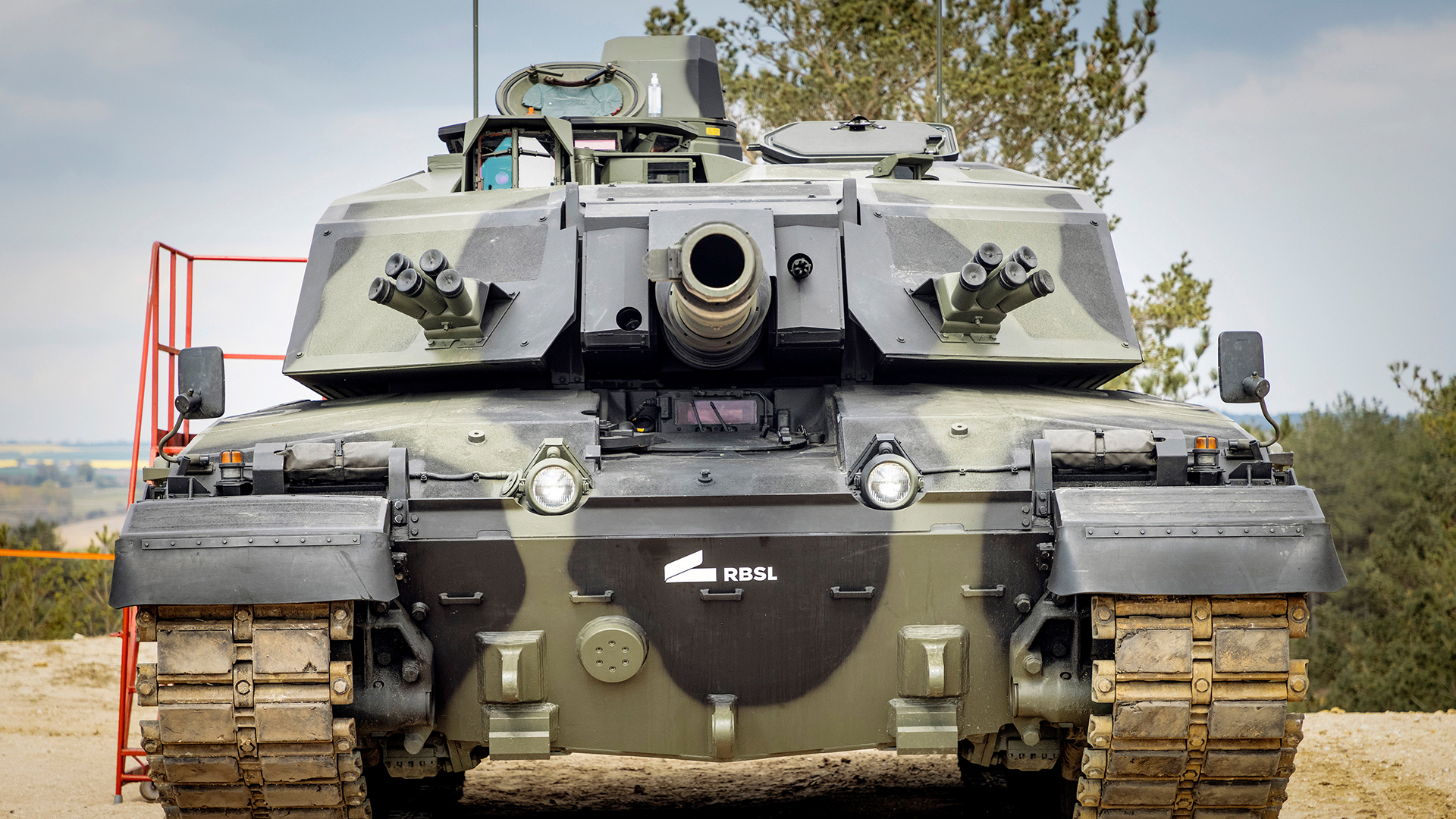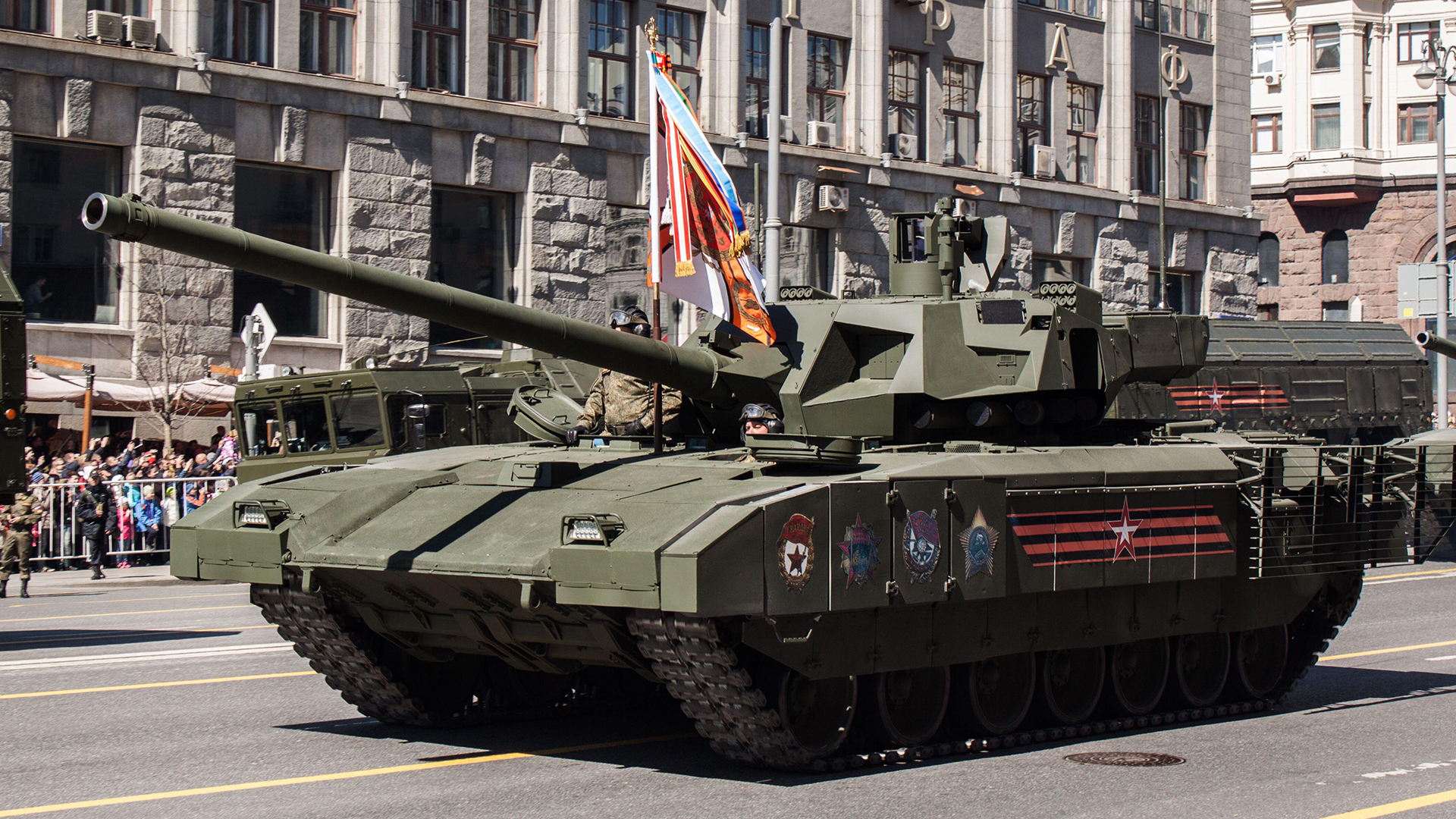
Challenger 3 able to match any threat, including Russian Armata, minister confirms

Challenger 3 will be able to take on any potential enemy, including Russia's newest main battle tank, the T-14 Armata, Defence Procurement Minister Maria Eagle has insisted.
She was responding to a question from Conservative MP Mark Francois, who asked what steps the MOD was taking to help ensure the Army's new tank remains competitive against the Armata and other emerging threats.
Mr Francois also asked what plans were in place to upgrade the firepower and protection systems of the Challenger 3 beyond its existing specifications by 2030.
Ms Eagle replied: "We are confident that Challenger 3 will continue to match potential threats throughout its lifecycle.
"But we will continually review the performance of its specification to ensure that it remains world-leading."
She pointed out how the Challenger 3 main battle tank would deliver a significant improvement in capability over its predecessor, the Challenger 2.

Ms Eagle added: "Enhancements include a digitalised turret fitted with the latest 120mm smoothbore gun paired with the most lethal ammunition available, world-class UK-designed armour and an Active Protection System and improved automotive performance.
"New advanced sighting systems, sensors and processing capabilities will improve situational awareness and interoperability with other units."
The Challenger 3 is being developed by Rheinmetall BAE Systems Land, a joint venture between UK-based BAE Systems and Germany-based Rheinmetall.
The Challenger 3, along with the Ajax and Boxer, will be at the heart of the Army's warfighting capability in its Heavy Brigade Combat Teams.
It has a crew of four, the 120mm smoothbore gun that Ms Eagle mentioned, and it weighs 66 tonnes.
All 148 Challenger 3s are planned to be in service by the end of 2030.
However, Ms Eagle did reveal that the programme had been affected by some delays within the supply chain.
"Additional resources have been directed towards resolving these issues and the next phase of trials will start in Quarter 2 2025," she said.
"Progress will be monitored carefully and any impact on the delivery of Initial Operating Capability will be continually assessed."

Russia's T-14 Armata appeared in prototype form back in 2014 and entered production in 2021.
Unlike the Challenger 3, it has an uncrewed turret, reducing the crew to three. Its 125mm main gun is also smoothbore and is capable of firing conventional ammunition as well as anti-tank guided missiles.
Despite the apparent potency of the vehicle, the T-14 Armata is believed to have had only limited use in Ukraine, possibly being kept away from the frontline to avoid capture.









